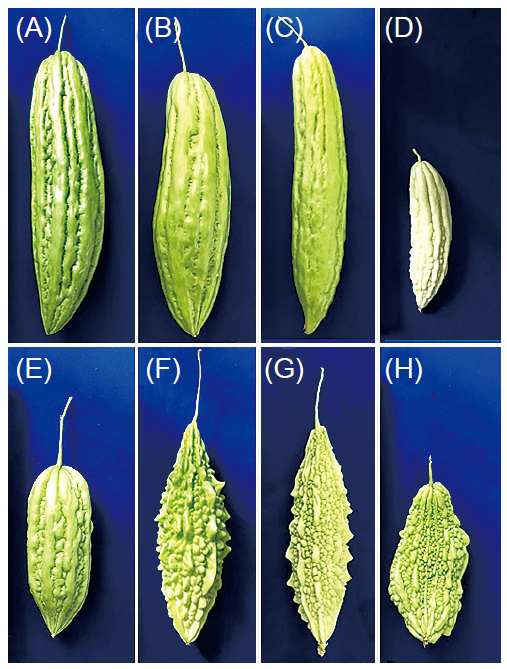All issues

Author:Chien-Ya Hung*, Shu-Hui Yang, and Jaw-Neng Lin
Abstract:
Bitter melon (Momordica charantia L.) is an important vegetable in the tropical countries. It is claimed to have beneficial effects because of its content of bioactive components. Hypertension has become a common global health problem leading to many chronic diseases, such as cardiovascular disease, renal disease and diabetes. The inhibition of the angiotensin-converting enzyme (ACE) can help to regulate hypertension. In this study, we evaluated the ACE inhibitory activity of eight different lines of bitter melon extracts with the expectation for screening the line(s) with the potential of antihypertension. The results showed that the highest ACE inhibition rate in the extract of BM141 was 93.00% with IC50 value 15.18 mg mL-1. According to the study, it could be concluded that bitter melon provided inhibition activity against ACE. The bitter melon containing higher total phenols, peptides and triterpenoids had higher ACE inhibition activity and be regarded as indicator components. Further research is needed to validate the antihypertensive ability in bitter melon using experimental animal models of hypertension.
Key words:Bitter melon, Antihypertension, Angiotensin-converting enzyme, Bioactive component
Download:![]() PDF Links
PDF Links
- 1. Using Digital Soil Mapping to Predict Soil Organic Carbon Stocks in Zhuoshui River Basin
- 2. Taxonomic Review of the Genus Asiophrida Medvedev, 1999 in Taiwan (Insecta: Coleoptera: Chrysomelidae: Galerucinae: Alticini), with Notes on Biology
- 3. Development of a Technique for Forecasting (or Pre-Detection) Anthracnose Disease Incidences of Green Mature Bagging Mango Fruits
 Submit your manuscript
Submit your manuscript
 Guide for authors
Guide for authors